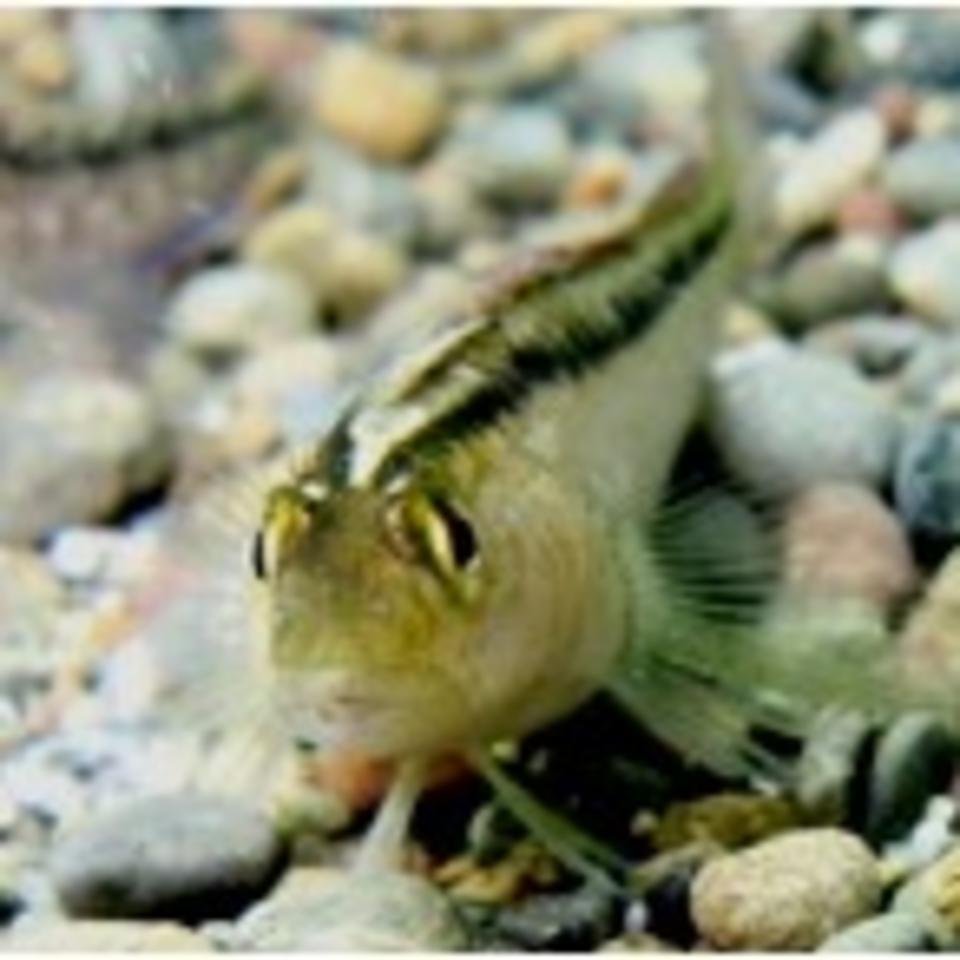To pinpoint the origins of settling fish in Cook Strait, near Wellington, Philipp measured geochemical signatures in fish otoliths (ear bones). A new Bayesian modelling approach allowed him to estimate dispersal of larval fish among local populations in the region. These models are now available in an open-source package for the statistical computing environment R.
Studying populations of reef fish in Cook Strait during his PhD was a challenge for Philipp in more ways than one. Not only was he confronted by fierce southerly swells while diving for fish larvae, he also had to find ways to analyse the complex data that was generated from his collections.
To pinpoint the natal origins of settling fish in Cook Strait, near Wellington, he measured geochemical signatures in fish otoliths (ear stones). A new Bayesian modelling approach allowed him to estimate dispersal of larval fish among local populations in the region. 
He has recently made these models publicly available as an open-source package for the statistical computing environment R via the open source repository GitHub. The package uses R for data grooming and analysis of outputs, the computationally expensive MCMC calculations are performed using the new open source technical computing language Julia, which is called from within R.
“I wanted to make the software available so that other people can use it. That way it will get trialled in different environments – the bugs will be found out, then hopefully fixed, and people will apply it to new problems. This sort of collaboration is a real strength of open-source software. The combination of an R front end and a Julia back end will hopefully lead to more straightforward uptake by ecologists, who are more familiar with R, while allowing efficient computing and extensions to new applications in the underlying Julia back end.”
He hopes to include models for genetic data as well as a combined model for geochemical and genetic data soon. “Such an extension would really broaden the applicability of the methods, and will allow for a direct comparison of results from genetic and geo-chemical studies.”
Dragonfly share the same approach to using and producing open-source software; not only to solve data problems for their clients but also to progress science more broadly.


